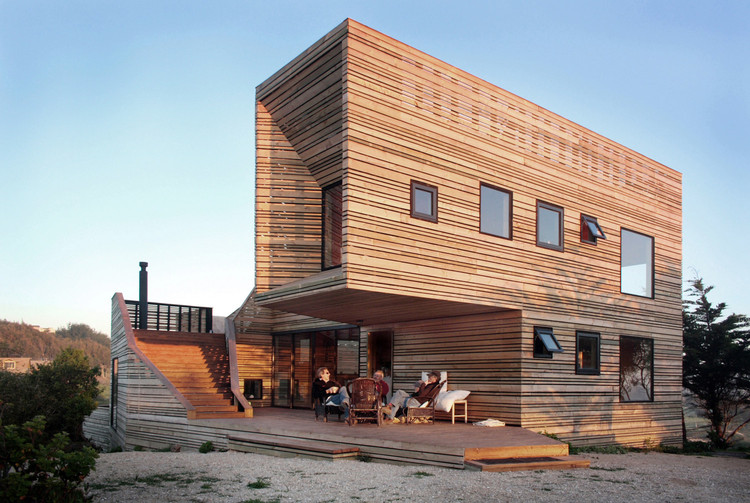
As the Milstein Hall at Cornell (designed by OMA, project lead by partner Shohei Shigematsu) was getting the finals approval´s by the City of Ithaca, a strong opposition coming from non-architectural faculty members (arguing a provocative and setting-discording design, high budget, and that the planned project has standard LEED rating instead of Gold) is not only putting the project in danger, but also their architectural program at the AAP.
Their B.Arch (ranked #1 during 2008 in the US for architectural programs) and their MArch (ranked #6) could see an end, as their accreditation depends on their facilities: The NAAB has warned us for over a decade, and have explicitly stated that the last accreditation we got is the FINAL one they will grant without compliant facilities. They have just denied us an accreditation review for our new M.Arch 1 program this spring because of delays to the final approval process. When they return next year, they plan to review both the M1 and B.Arch programs — if we don’t have a building in process at that point, the B.Arch will LOSE its accreditation, and the M1 will be denied the same.
The above statement was taken from an email circulating the Cornell community, posted at Archinect. Read the complete e-mail after the break:
UPDATE: The original author of the letter just added the original version on the comments.




![Mandarin Hotel in Beijing by OMA on fire [UPDATED] - Image 17 of 4](https://images.adsttc.com/media/images/55e6/14b2/2347/5ddf/a900/0053/newsletter/884426949_tvcc-cctv-451x329x90.jpg?1441141933)
![Mandarin Hotel in Beijing by OMA on fire [UPDATED] - Image 22 of 4](https://images.adsttc.com/media/images/55e6/14bb/2347/5ddf/a900/0054/newsletter/1652488657_cctv-fire1.jpg?1441141941)





















